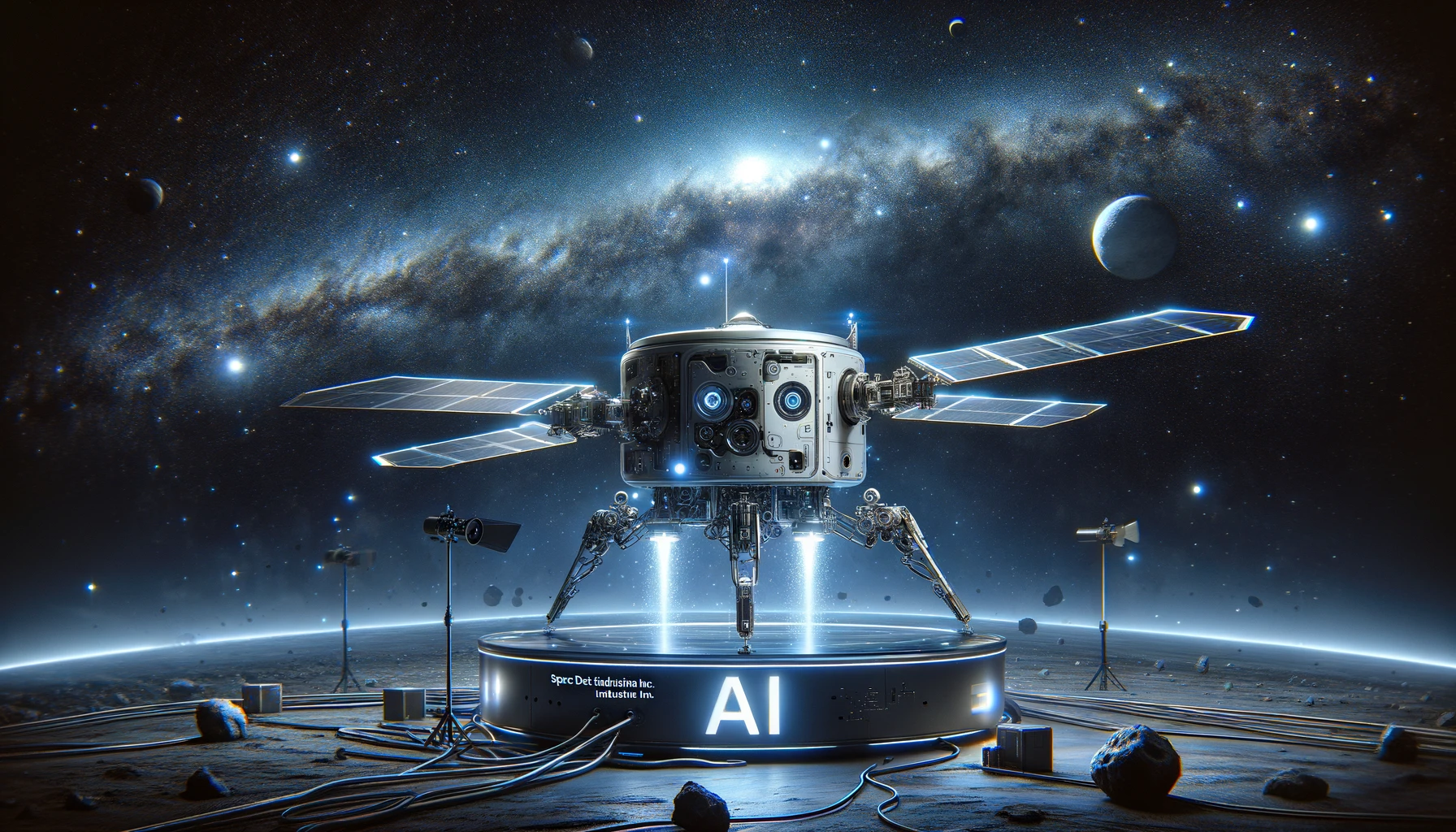
Intelligence Meets the Infinite
Pioneering the next era of space exploration with AI-powered autonomous systems
AI Robotic Space Systems
Advancing Exploration Through Intelligent Autonomous Systems

Our AI-powered robotic platforms represent the pinnacle of space technology, combining deep learning, multi-agent coordination, and adaptive mission planning to explore the cosmos with unprecedented efficiency and intelligence. These systems go beyond traditional automation, exhibiting true intelligence in their decision-making and problem-solving capabilities.
Artificial Intelligence systems have risen to prominence as indispensable tools in the realm of space exploration and operations. These systems, characterized by their capacity for autonomous decision-making, data analysis, and mission planning, are instrumental in the success and safety of space missions. As we look to the future, the continuous advancement of AI technology promises to revolutionize our approach to space endeavors.
To harness these transformative capabilities effectively, we are committed to leveraging a combination of innersourced and open-source AI solutions, with the ultimate goal of building robust, adaptable, and reliable AI systems that ensure the success of our missions. From precise debris removal to advanced robotics and intelligent decision-making, our commitment to AI-driven excellence underscores our determination to pioneer new frontiers in space exploration.
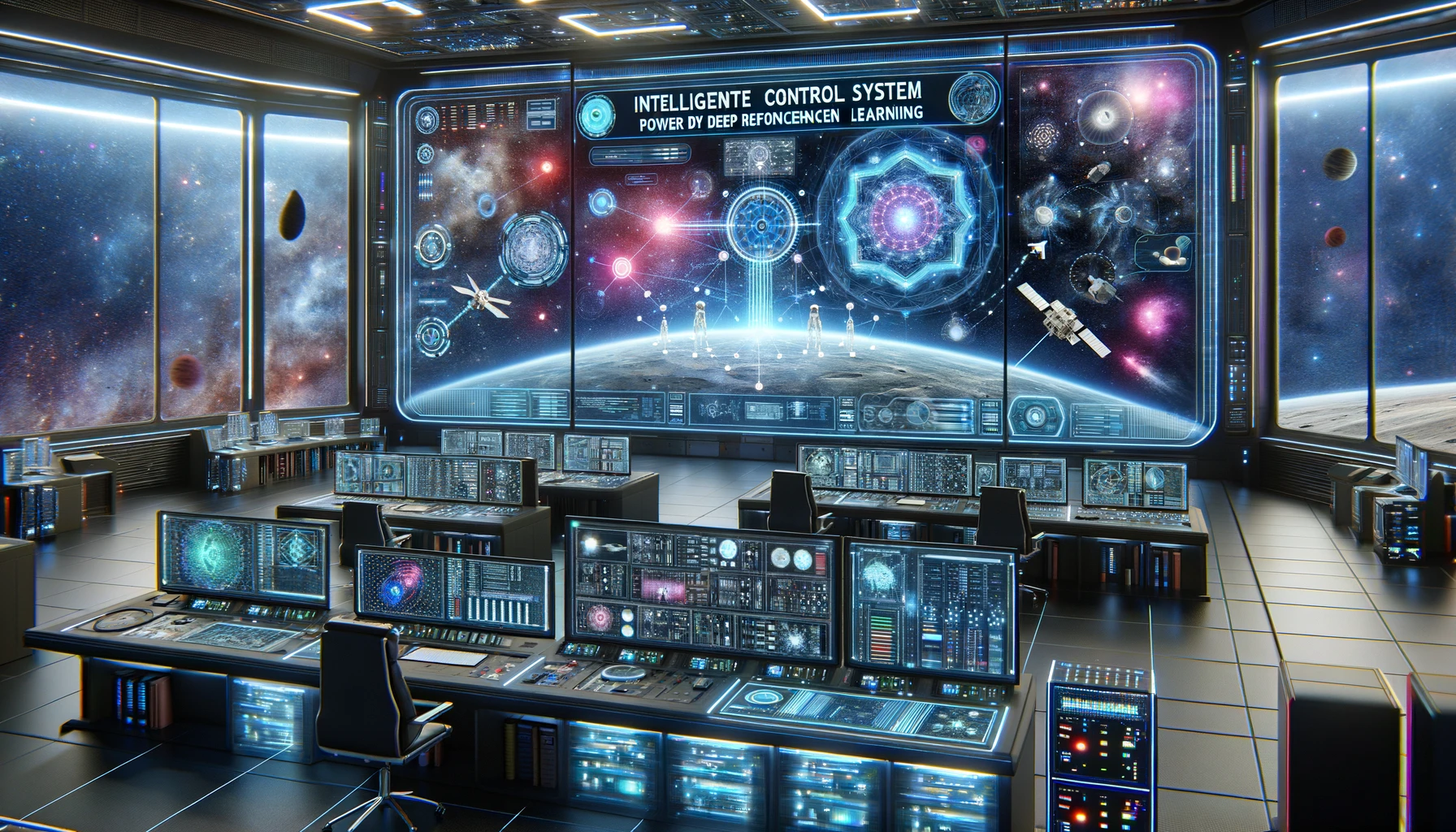
Our Deep Reinforcement Learning control systems represent the cutting edge of autonomous space operations. These intelligent systems learn and adapt in real-time, making complex decisions without human intervention in environments where communication delays make direct control impossible.
By implementing intelligent control systems rooted in deep reinforcement learning algorithms, we empower our spacecraft and autonomous systems to make informed decisions in dynamic and challenging environments. These systems can adapt and optimize their actions based on real-time data and changing conditions.
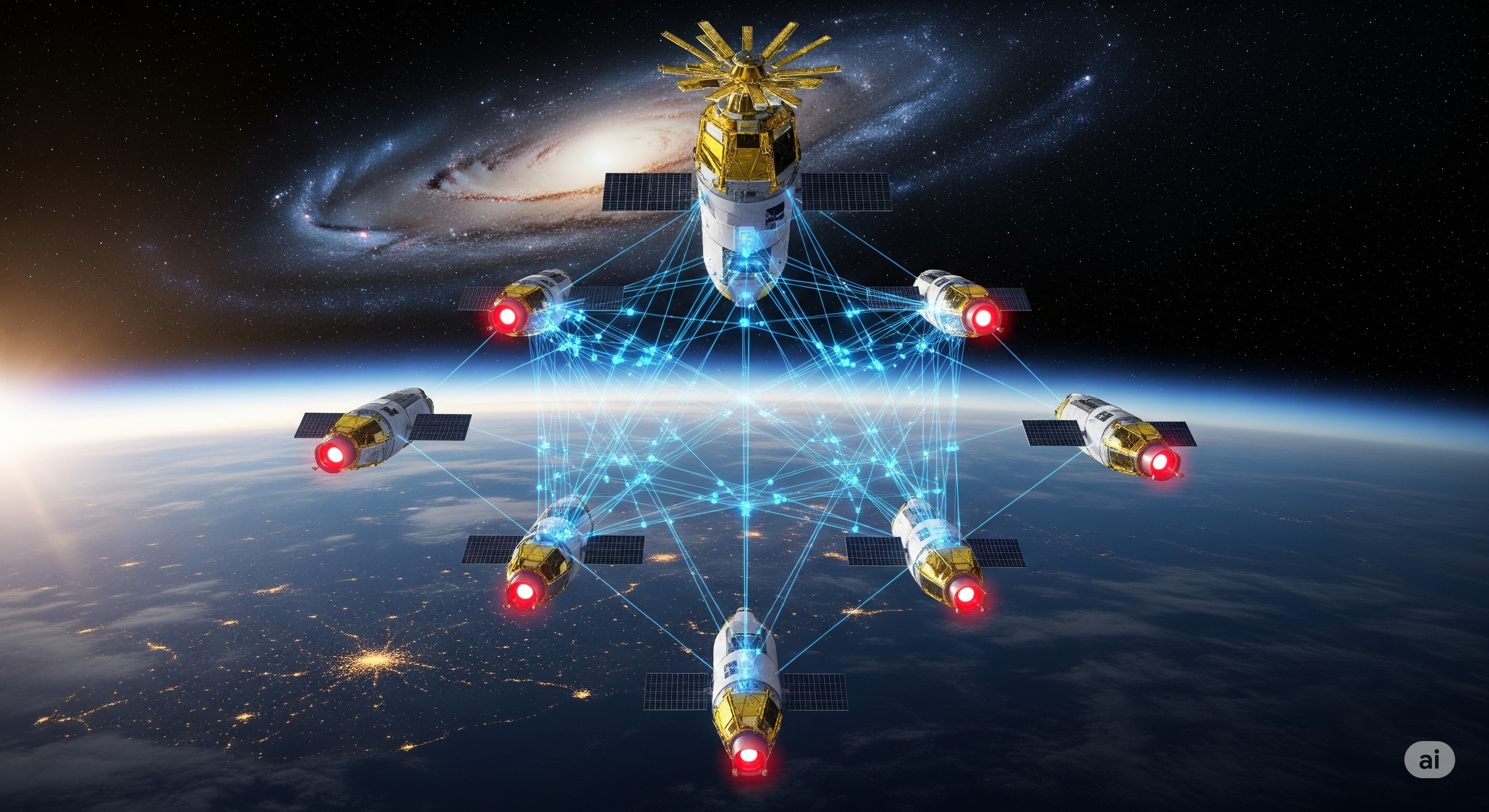
Revolutionary AI orchestration enabling fleets of autonomous spacecraft to work together seamlessly. Our multi-agent systems coordinate complex collaborative missions, from asteroid swarm exploration to distributed sensor networks spanning entire planetary systems.
Each agent in our system can operate independently while maintaining awareness of the collective goal, sharing information and resources dynamically to maximize mission success. This swarm intelligence approach enables unprecedented scalability and resilience.
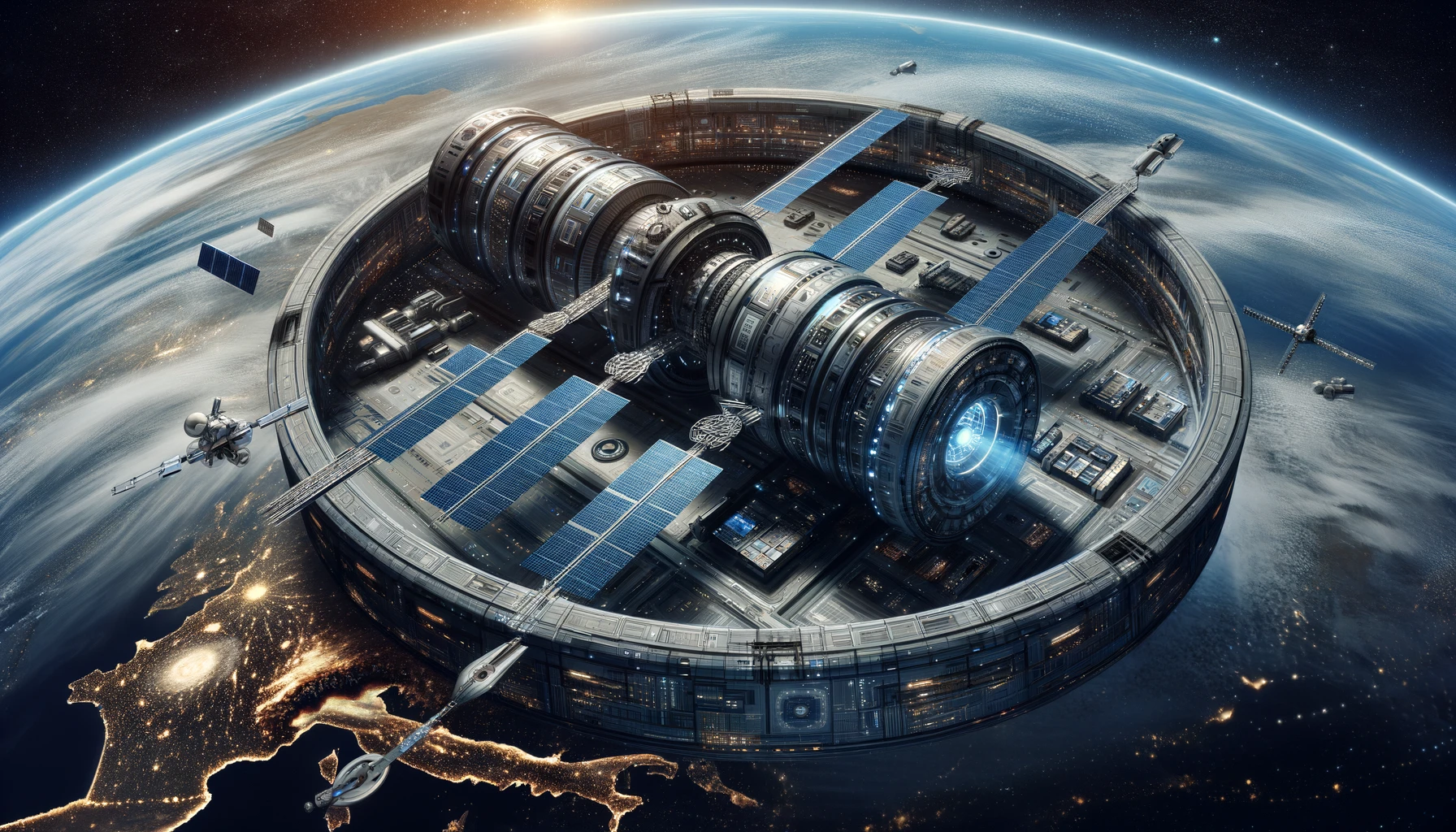
Strategic waypoints in space that revolutionize logistics and mission efficiency. Our transfer stations serve as hubs for refueling, maintenance, and cargo transfer, dramatically extending mission capabilities and reducing costs.
These stations act as multifunctional hubs in the vast expanse of space, offering benefits that align perfectly with our commitment to sustainability and autonomy in space exploration. By serving as staging points for in-orbit assembly, maintenance, and refueling, these stations revolutionize space operations.
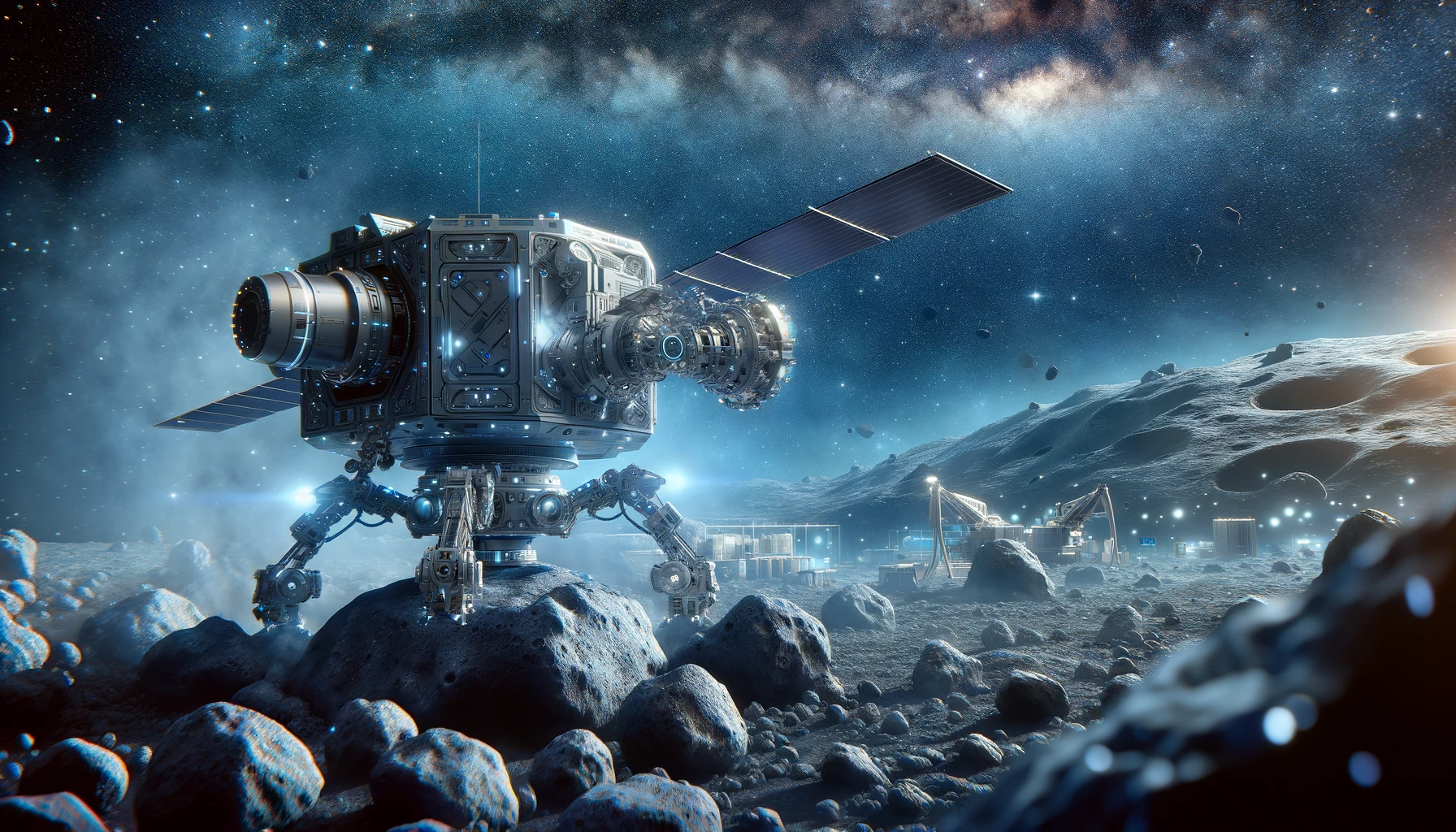
Advanced prospecting systems that identify and analyze valuable resources in asteroids. Our surveyors combine spectroscopic analysis with AI-powered geological modeling to locate the richest mining targets with unprecedented accuracy.
These autonomous spacecraft can evaluate hundreds of asteroids, creating detailed compositional maps and economic assessments to guide mining operations. The AI system learns from each survey, continuously improving its prediction accuracy.
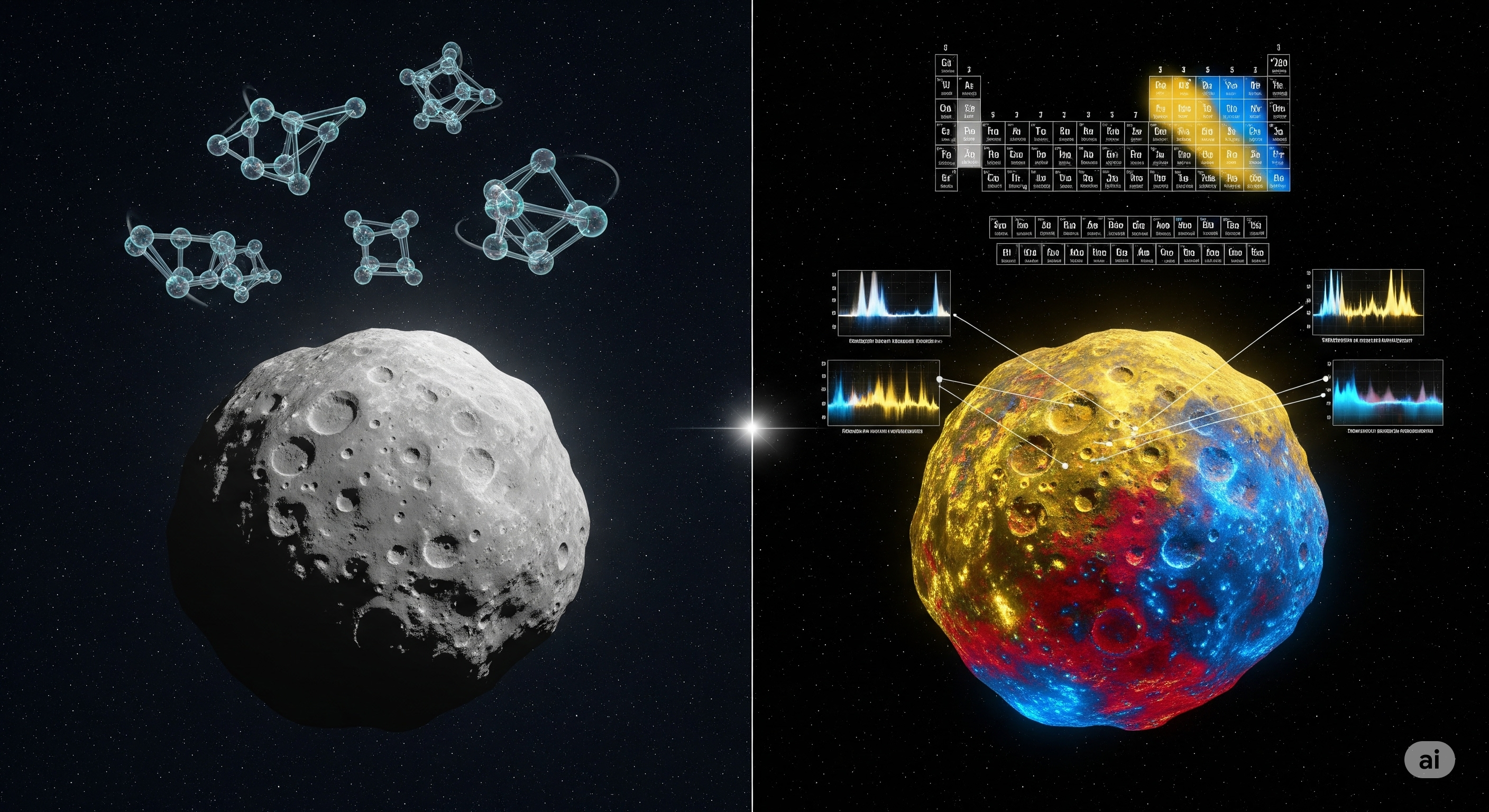
Machine learning models that decode the chemical signatures of distant objects with unprecedented accuracy. Our AI analyzes spectroscopic data to identify mineral compositions, atmospheric constituents, and even potential biosignatures.
Trained on millions of spectral signatures from Earth-based and space observations, our AI can identify materials and compounds that human analysts might miss, opening new possibilities for resource discovery and scientific research.
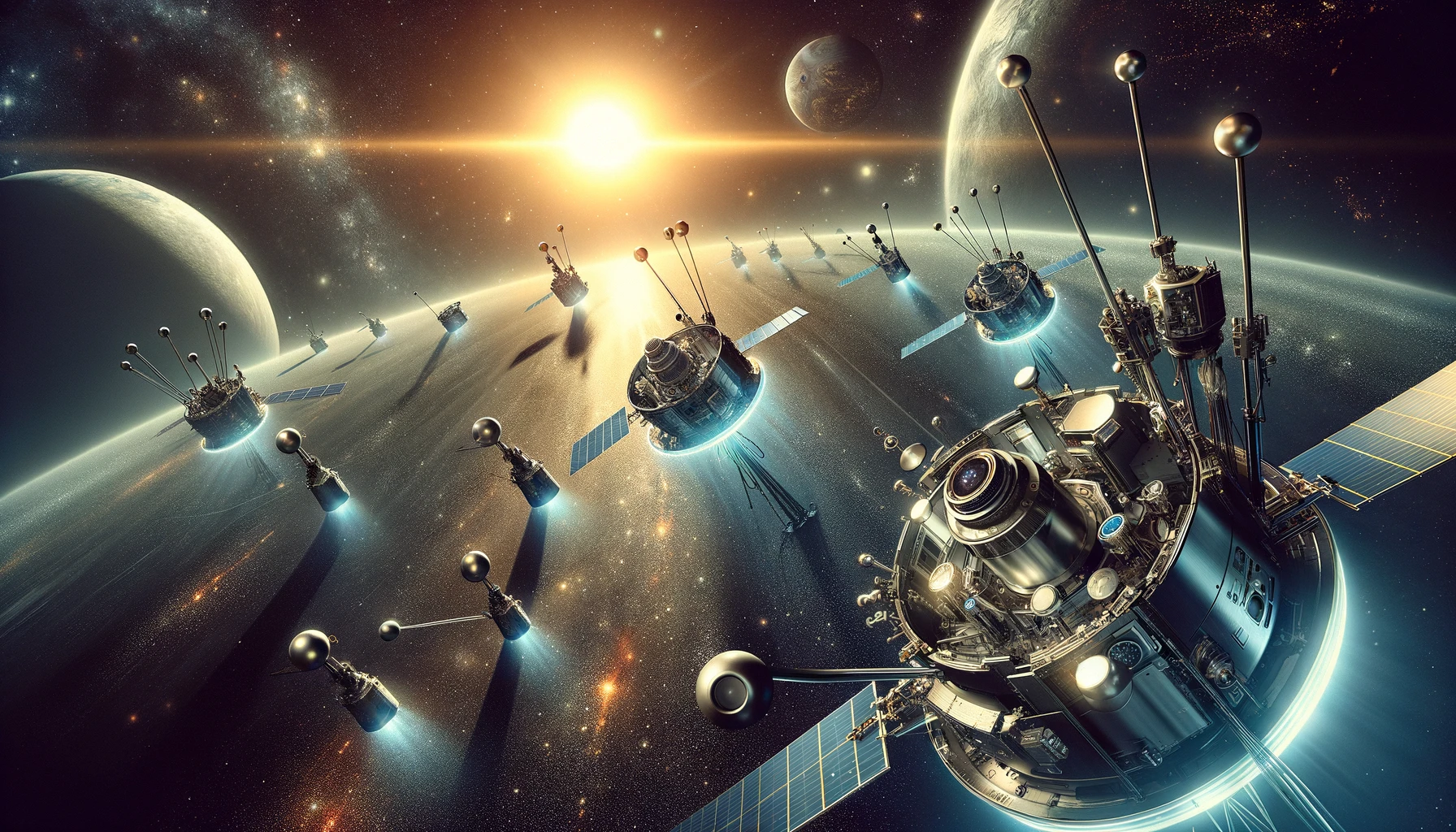
Next-generation autonomous probes designed to explore the most challenging environments in our solar system. From the crushing atmosphere of Venus to the icy oceans of Europa, our probes gather critical scientific data where humans cannot venture.
Probe deployment for exploration represents a pivotal area of our research and development efforts. These space probes serve as indispensable instruments for studying distant celestial bodies, conducting scientific experiments, and gathering invaluable data from regions beyond our reach.
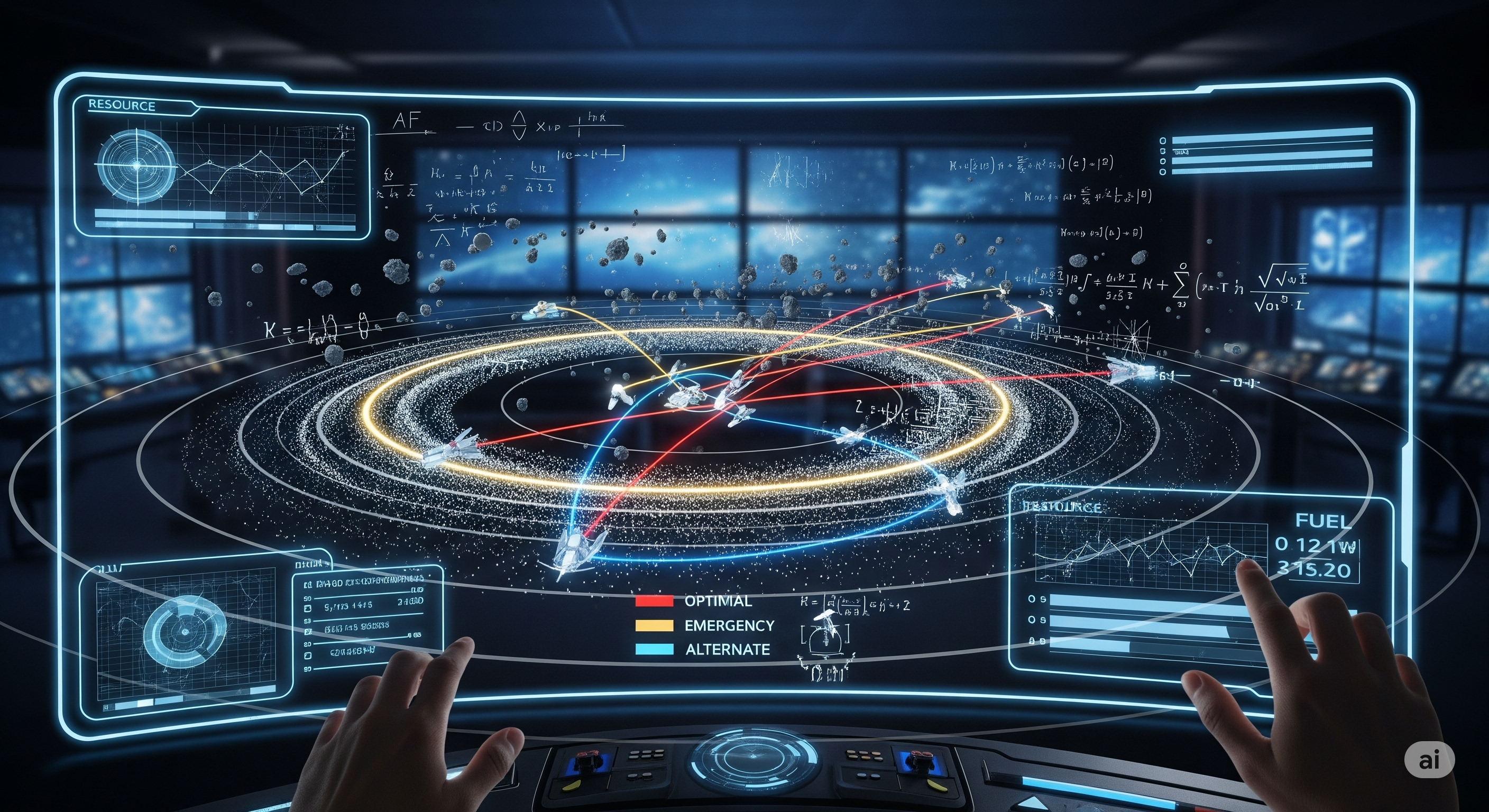
Dynamic mission optimization that responds to changing conditions in real-time. Our planning AI continuously evaluates mission parameters, adjusting strategies to maximize scientific return and ensure mission success despite unexpected challenges.
The system can replan entire missions in seconds, considering thousands of variables including fuel reserves, equipment status, scientific priorities, and discovered opportunities. This flexibility enables missions to achieve far more than originally planned.
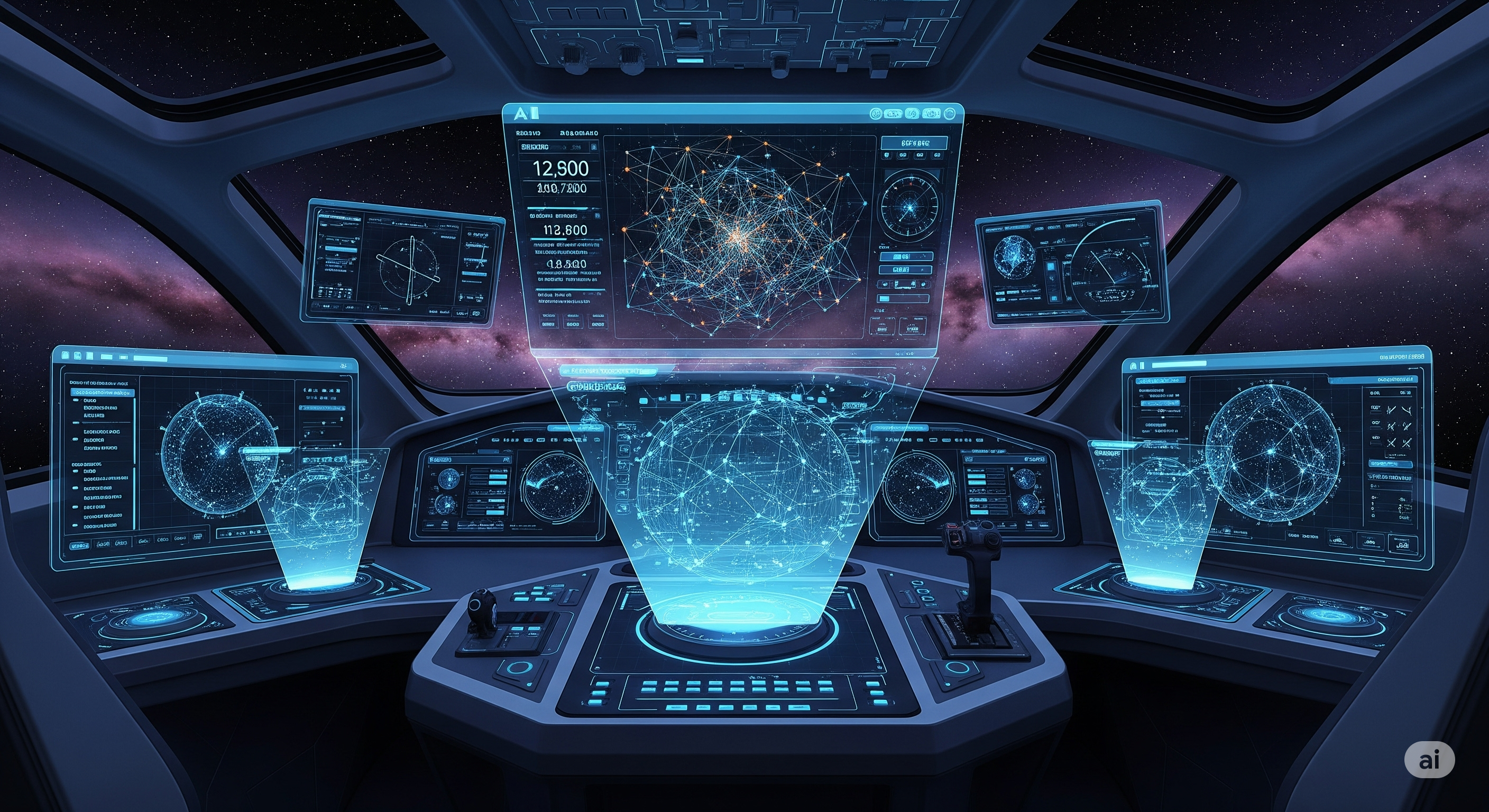
Our spacecraft navigate the cosmos independently using advanced AI that combines multiple sensing modalities with predictive modeling. These systems can operate for years without human intervention, exploring distant worlds with unprecedented autonomy.
Using a fusion of optical navigation, radio ranging, and AI-powered trajectory optimization, our systems achieve navigation accuracy previously thought impossible for autonomous spacecraft, enabling precision landings and complex orbital maneuvers.
Our AI systems don't operate in isolation—they form an integrated ecosystem where each component enhances the capabilities of others. From the moment a mission is conceived, through launch, operation, and return, our AI systems work in concert to ensure success.
This integration extends beyond individual missions. Data and lessons learned from each mission feed back into our AI training systems, creating a continuously improving knowledge base that benefits all future missions. Our commitment to open-source collaboration means that appropriate learnings are shared with the global space community, accelerating progress for all humanity.
Space exploration is a multifaceted endeavor that demands insights and innovations from diverse scientific and engineering disciplines. We recognize that by collaborating with leading researchers, scientists, and engineers across academia, industry, and governmental organizations, we can harness a collective intelligence that drives innovation and propels progress in space science and technology.
Our AI robotic systems are pioneering the next era of space exploration.
Partner with us to deploy intelligent systems that can think, learn, and adapt in the challenging environment of space.
Partner With Us